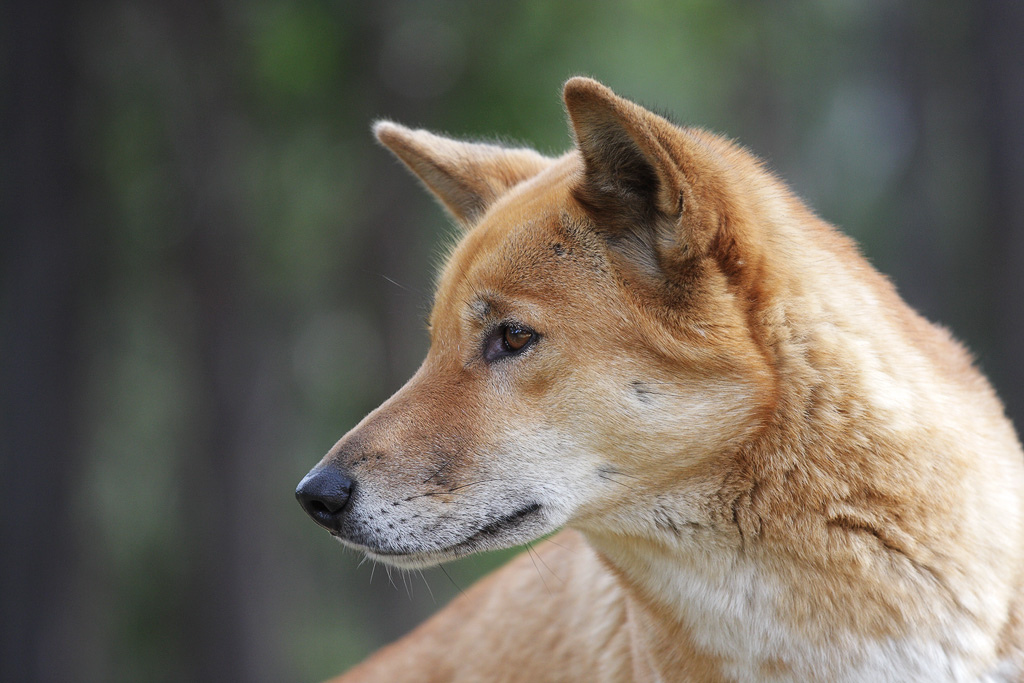The Iconic Australian Dingo
My non-Australian readers may not know about the Aussie icon, the Dingo (Canis lupus). The dingo is the only large carnivore on mainland Australia, and it is unique as it is also a placental mammal (while most mammals in Australia are marsupials).
Aboriginal people inhabited Australia before the invasion by European settlers. It is believed that dingoes entered the Australian environment by trading between aboriginal people and visiting Asian ships. Though they are not strictly a ‘native’ Australian animal, they are practically and are the principal predator on mainland Australia.
While a lot of texts describe dingoes as ‘wild animals’, it seems that the relationship between dingoes and aboriginal people was (and still is) a bit more complex. Dingoes provided companionship, like a dog, to aboriginal people, but also hunted and fended for themselves in packs. It seems dingoes took the best of both worlds – the domesticated tameness of a dog but the ability to hunt, and the independence, of their distant wolf ancestors.
To me, the Australian dingo makes for interesting study for anyone interested in dogs. It seems like the dingo has almost taken reverse domestication – they were imported from Asian countries (approximately 5,000 years ago) as domesticated, but then ‘went wild’ and hunted in Australia. While Coppinger and others talk about wolves becoming dogs, it seems that dogs will then became dingoes again when given the opportunity (at least in Australia).
The reason I’m writing about the dingo today is after being reminded about their significance from the ABC Radio National ‘Bush Telegraph’ program’s recent segment called Iconic Animals – The Dingo. For anyone who has an hour free, you are sure to enjoy this program.
This radio program talks about how the dingo entered Australia (briefly), before going into dingo vocalisations, colouring, and conservation. Conservation is a tricky issue – with many farmers being legally able to shoot, trap, bait, and otherwise exterminate dingoes (as they appear to be ‘wild dogs’, and, fundamentally, are wild dogs), while they are also threatened as they are breeding with domesticated dogs to make dingo-dog hybrids. That is, pure dingoes are under threat of extinction (though pure populations do exist). The program looks also at how connected indigenous (aboriginal) people of Australia are to the dingo, in that they believe that dingoes and humans are family.
It’s a broad program, looking at many different issues, but certainly interesting – and I’m sure would be especially interesting to my international readers who have not heard of the dingo before.


